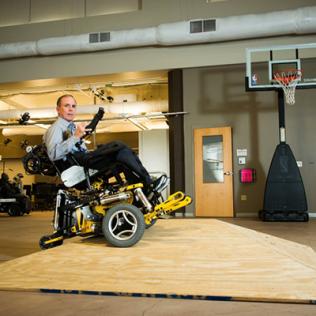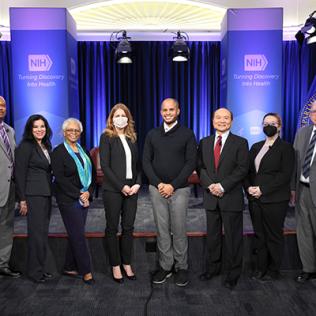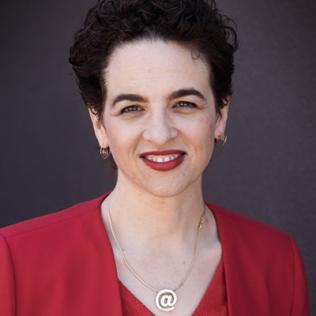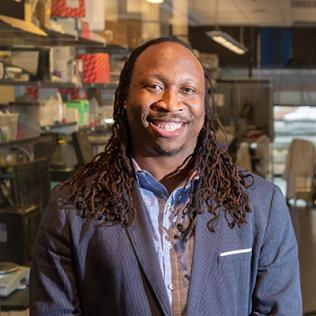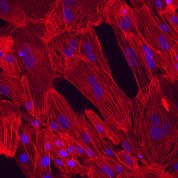
On the Cover
Induced pluripotent stem cell (iPSC)-cardiomyocytes. These cells are the major building block of the heart. Red stains show cardiac troponin T and blue stains show cell nuclei, as viewed under an inverted LED fluorescence microscope. A better understanding of this cell type could lead to new insights into the contributions of novel pathogenic variants and environmental risk factors to the development of congenital and acquired heart disease. February is American Heart Month.
Joseph Wu, Lu Ren & Chengyi Tu/Stanford University School of Medicine


